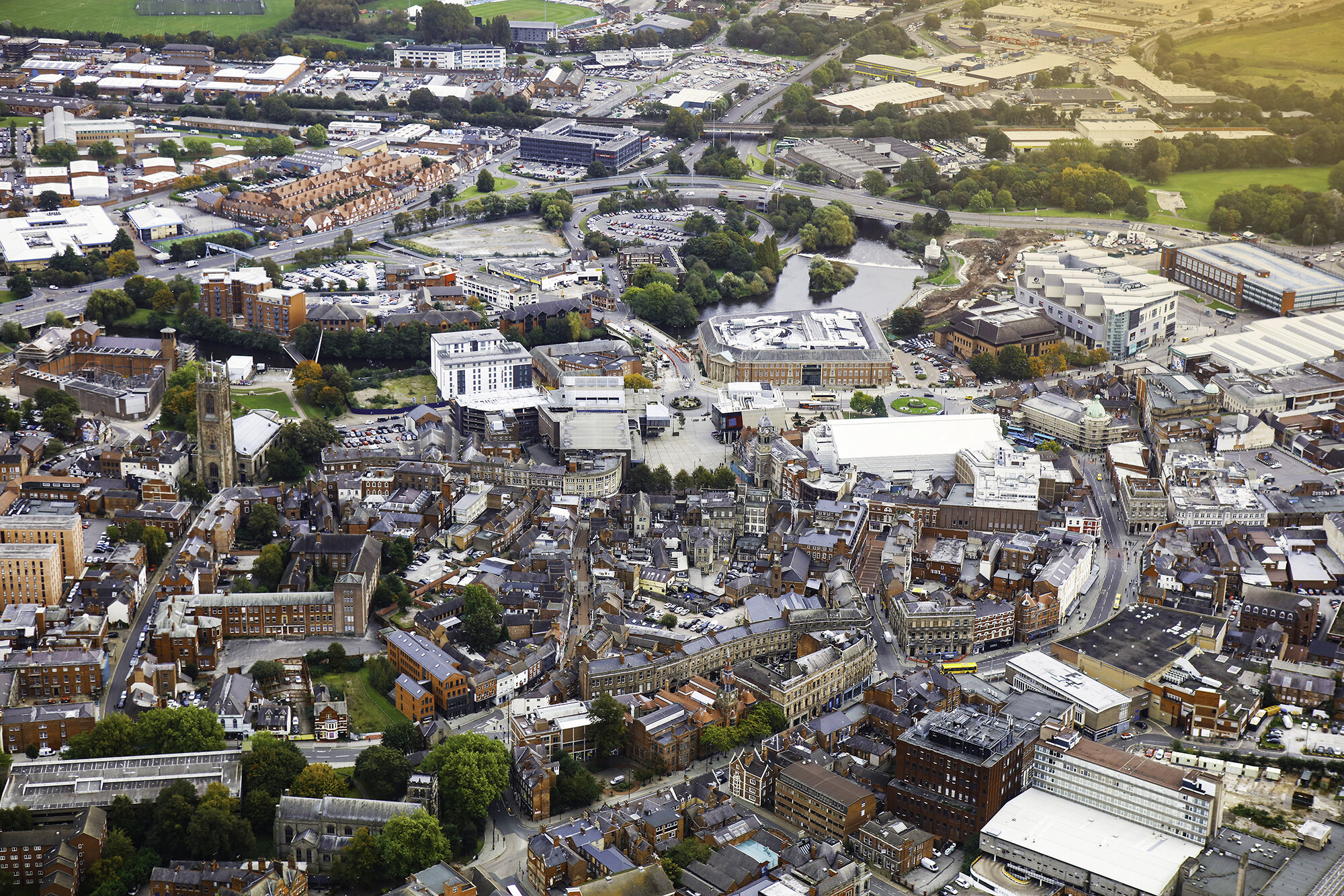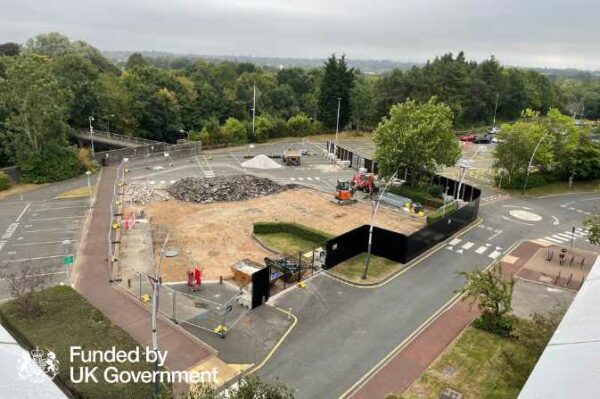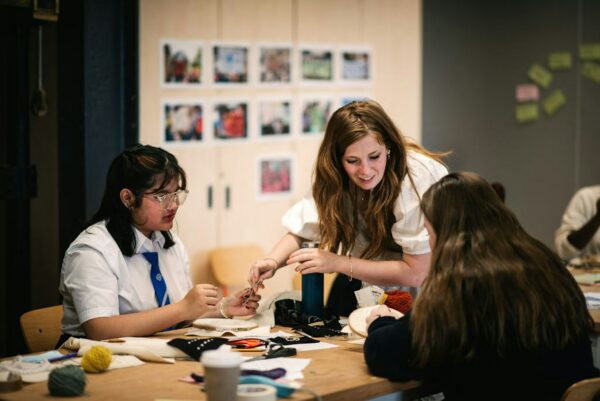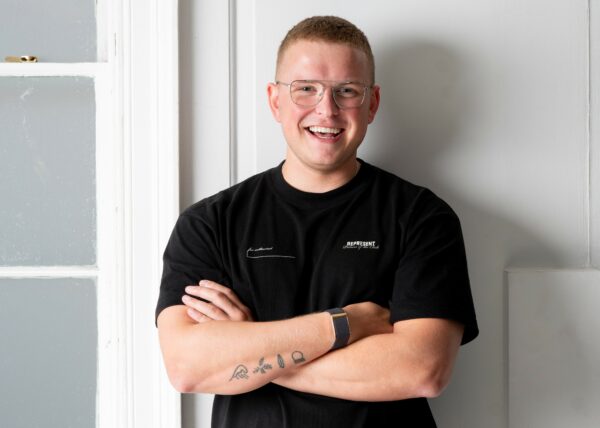Latest News | 8 July 2021
Shaping the 3D city jigsaw

If you imagine city centres as giant 3D jigsaws, made up of hundreds of pieces – small, medium and large – then essentially, the impact of the Covid pandemic has been to throw many of those pieces in the air. Where will they fall?
Last spring, during the first lockdown, the government’s ‘stay at home’ edict meant it was practically illegal to visit city centres. This led to dramatic reductions in footfall as most businesses closed and people stayed away.
Subsequent lockdowns have been less dramatic, and places have been allowed to gradually reopen, but the road back to anything like pre-pandemic levels is going to be long and winding.
Many fear that some towns and cities will never recover.
I was in the City of London recently, the historic financial district, right at the heart of our capital.
It was a Friday – in any other time a regular working, busy, buzzy day – but I was shocked to experience what was essentially a ghost town. The vibe was more akin to a sci-fi film; few people on the streets, most offices standing virtually empty and its varied amenities, coffee shops and the like, shuttered and closed.
Last year, our Marketing Derby Lockdown film captured Derby in a similar state, eerie and apparently abandoned.
I believe that the purpose of a city centre is to create customers and therefore the challenge for all cities, including Derby, is to recalibrate both its function and form, to repurpose many of the pieces that make up its 3D jigsaw.
You will have heard the phrase Build Back Better, one of those three-word mantras so loved by the government. In a recent Marketing Derby business survey, 100% of respondents wanted to see Derby ‘build back better’ or ‘build back different’.
Not one selected the option to build back same or to do nothing.
This gives me hope. It tells me people do value city centres and that they want them to revive.
There is clearly a sense of pride in their role as vibrant community and business hubs and people do not wish to take the road to oblivion seen in many cities in the United States in the 1970s.
However, city centres do not happen by chance.
They are the consequence of thousands of investment decisions; personal, political and financial.
Decisions to open a shop, construct apartments, build an office block, develop a theatre, pedestrianise a street, when put together, amount to an offer – the 3D jigsaw if you will – intended to attract people to live, work or visit.
It would be fair to say that Derby’s jigsaw is currently under design and needs more development as we move towards pot-pandemic recovery.
Some of the pieces have been established for hundreds of years, think of the elegant Cathedral, others are relatively new, such as the incredible Museum of Making or being rediscovered, for example the stunning victorian Market Hall currently being unveiled.
Repurposing means exactly that, changing uses, responding to the needs of the customer of the future.
For example, significant investment is under way in finally bringing city living back to Derby, the pioneers being Compendium Living’s Castleward project, now entering phrase 3, and Wavensmere’s Nightingale Quarter on the site of the former DRI.
A welcome sight are the tower cranes appearing on the city skyline, at Nightingale and also at the St James Securities Becketwell apartment scheme on the site of what was Debenhams.
These three schemes alone will bring something like 5,000 new city centre residents when complete and anyone who has not been in town since the lockdown will be surprised by the progress.
The retail map is changing too and look out for funky new independent businesses popping up across the city over the coming months, complementing the massive investment being made in the Derbion Mall and its immediate environs.
There has been much talk about the nature of the post-pandemic office market and, for the first time in decades, companies are beginning to see the city centre as a location of choice. Most companies will adopt a hybrid working model and still need office space albeit radically different from that of the past.
Early adopters include IT companies EVAD and Bam Boom Cloud between them bringing over 150 new jobs.
This direction of travel may surprise many but one catalyst has been Staton Young and their dynamic approach to repurposing many of the beautiful heritage buildings left empty for decades, such as the popular Cubo space at the old Post Office.
These are all important pieces on the Derby jigsaw board and the intention is to see that momentum accelerated as confidence builds.
At the same time, we appreciate that it must be more than property led – people make cities and people are increasingly looking for the right experience.
Any visit to the city’s Cotton Quarter, Chocolate Factory Bustler Market or Mercia Marina shows the incredible demand for quality, innovative clusters of activity. The city’s Al Fresco Market Place being another example and each week, these attract customers in their thousands.
We must make the city centre welcoming, safe and attractive and give people a reason to visit.
A Marketing Derby survey of 400 people in the city’s hinterland identified the 5 top priorities that might drive their custom back into town: more culture, more leisure, more independents, greener/bluer environment and better parking.
The Covid pandemic has broken habits in almost everything we do. We must be under no illusion that this is a genuine existential threat to every city, but it is also an opportunity if we listen to the customer.
I believe Derby is ready, with the right partners in place, to meet this challenge of change head on as we place more pieces into our city jigsaw.


